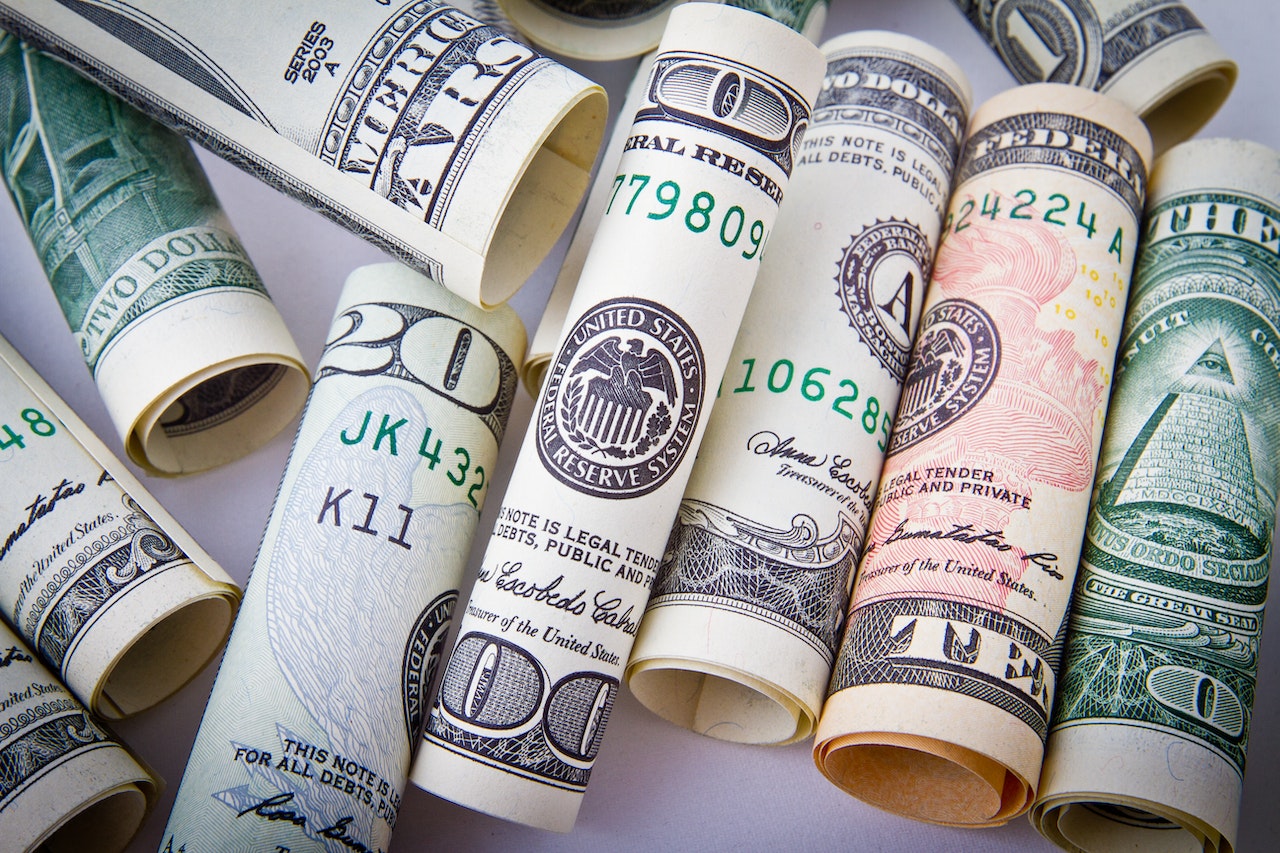Student Loan Forgiveness Programs in the US: An In-Depth Guide
Student loan debt has become a pressing issue for many individuals in the United States. With the rising cost of education, more and more students are graduating with substantial debt burdens that can hinder their financial future. To address this concern, the US government has implemented various student loan forgiveness programs to alleviate the burden of debt for eligible borrowers. This article aims to provide an in-depth guide to these programs, exploring their eligibility criteria, benefits, and application process.
1. Public Service Loan Forgiveness (PSLF):
The Public Service Loan Forgiveness program was designed to encourage individuals to work in the public sector. It forgives the remaining balance on federal Direct Loans after the borrower has made 120 qualifying payments while working full-time for a qualifying employer. Eligible employers include government organizations at any level, non-profit organizations, and certain other types of non-profit organizations.
To qualify for PSLF, borrowers must meet specific criteria. They must have Direct Loans, be enrolled in an income-driven repayment plan, and work full-time for a qualifying employer. After making 120 qualifying payments, borrowers can apply for loan forgiveness.
2. Income-Driven Repayment (IDR) Forgiveness:
Income-Driven Repayment plans are designed to make loan payments more manageable based on the borrower’s income and family size. There are four IDR plans available: Income-Based Repayment (IBR), Pay As You Earn (PAYE), Revised Pay As You Earn (REPAYE), and Income-Contingent Repayment (ICR).
Under these plans, borrowers make payments based on a percentage of their discretionary income. After making payments for 20 or 25 years, depending on the plan, any remaining balance is forgiven. However, the forgiven amount may be considered taxable income in the year of forgiveness.
3. Teacher Loan Forgiveness:
The Teacher Loan Forgiveness program aims to attract and retain qualified teachers in low-income schools. Eligible teachers can receive loan forgiveness of up to $17,500 on their Direct Subsidized and Unsubsidized Loans, as well as their Subsidized and Unsubsidized Federal Stafford Loans.
To qualify, teachers must work full-time for five consecutive years at a qualifying low-income school or educational service agency. Additionally, they must meet certain qualifications, such as holding an appropriate teaching certification and being highly qualified.
4. Perkins Loan Cancellation:
The Perkins Loan Cancellation program offers loan forgiveness for individuals who work in certain public service fields or occupations. Eligible borrowers can have a portion of their Perkins Loans canceled for each year of qualifying service.
Qualifying occupations include teachers, nurses, firefighters, law enforcement officers, public defenders, and certain military personnel. The exact amount canceled varies depending on the occupation and the length of service.
5. State-specific Loan Forgiveness Programs:
In addition to federal programs, many states offer their own student loan forgiveness programs. These programs often target specific professions or sectors, such as healthcare, education, or public service. Eligibility criteria and benefits vary by state, so borrowers should research their state’s programs to determine if they qualify.
Applying for loan forgiveness programs requires careful attention to detail. Borrowers must submit the necessary documents and meet all eligibility requirements. It is essential to contact loan servicers or program administrators for guidance and ensure a complete and accurate application.

Leave a Reply